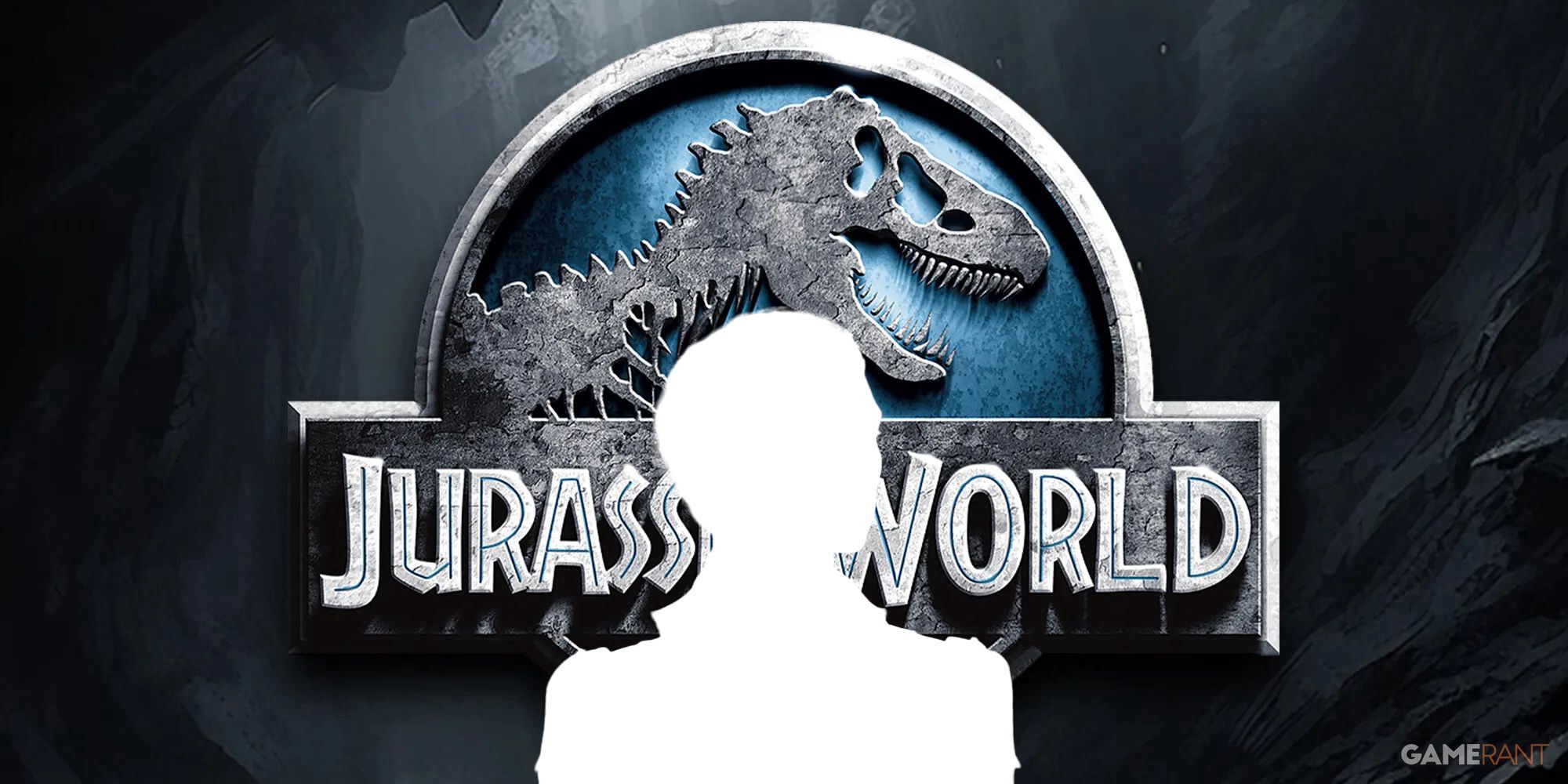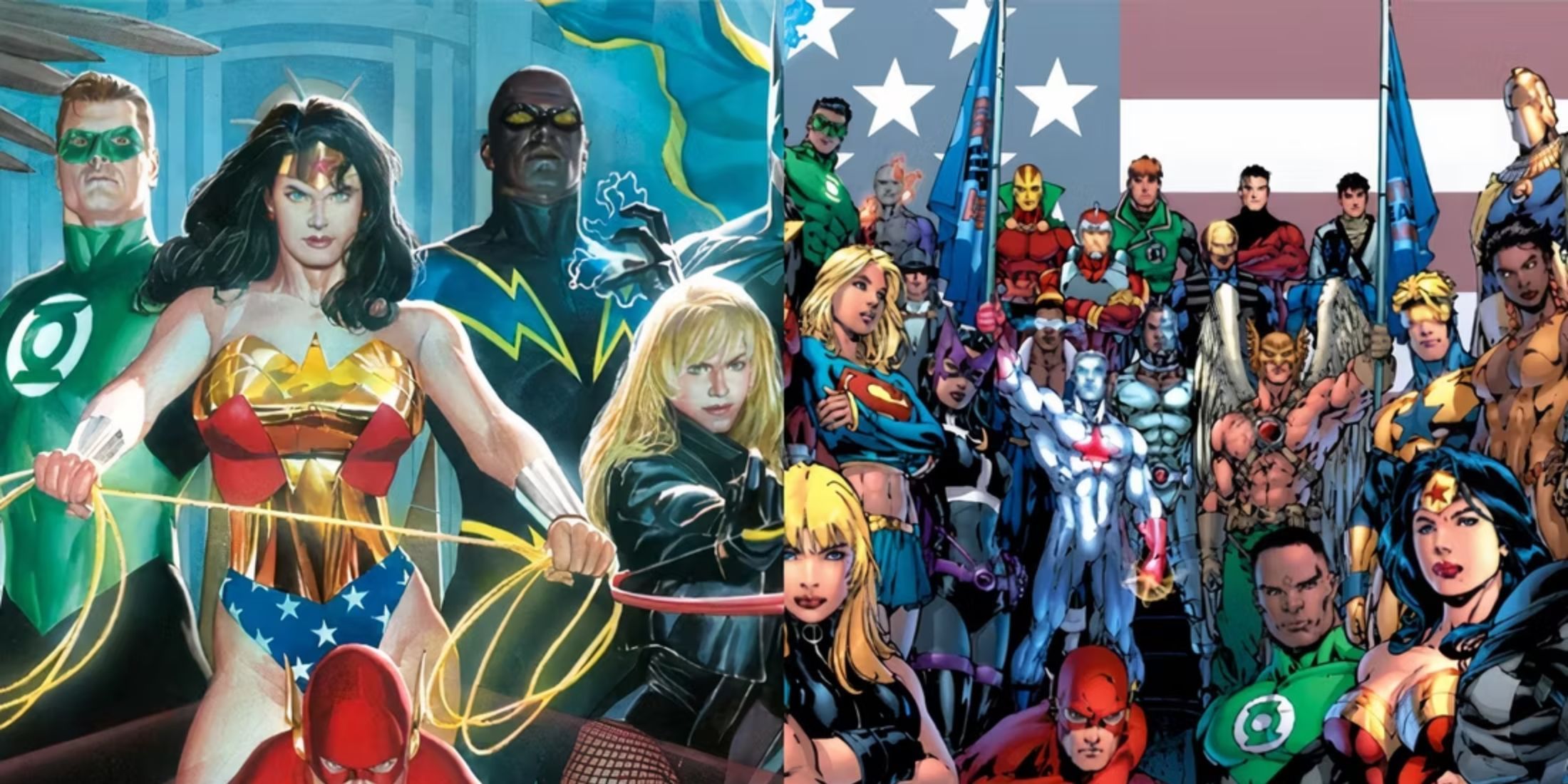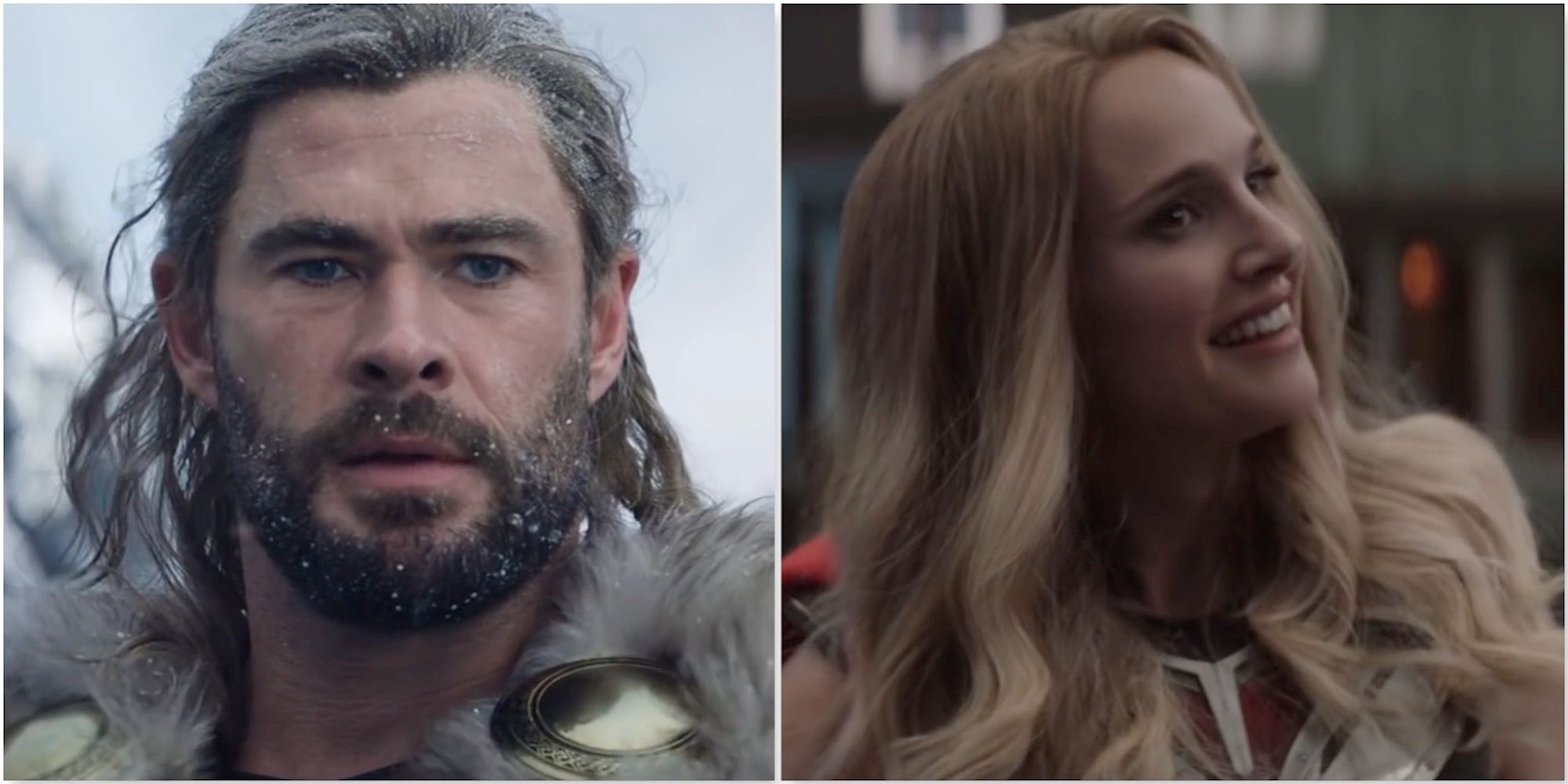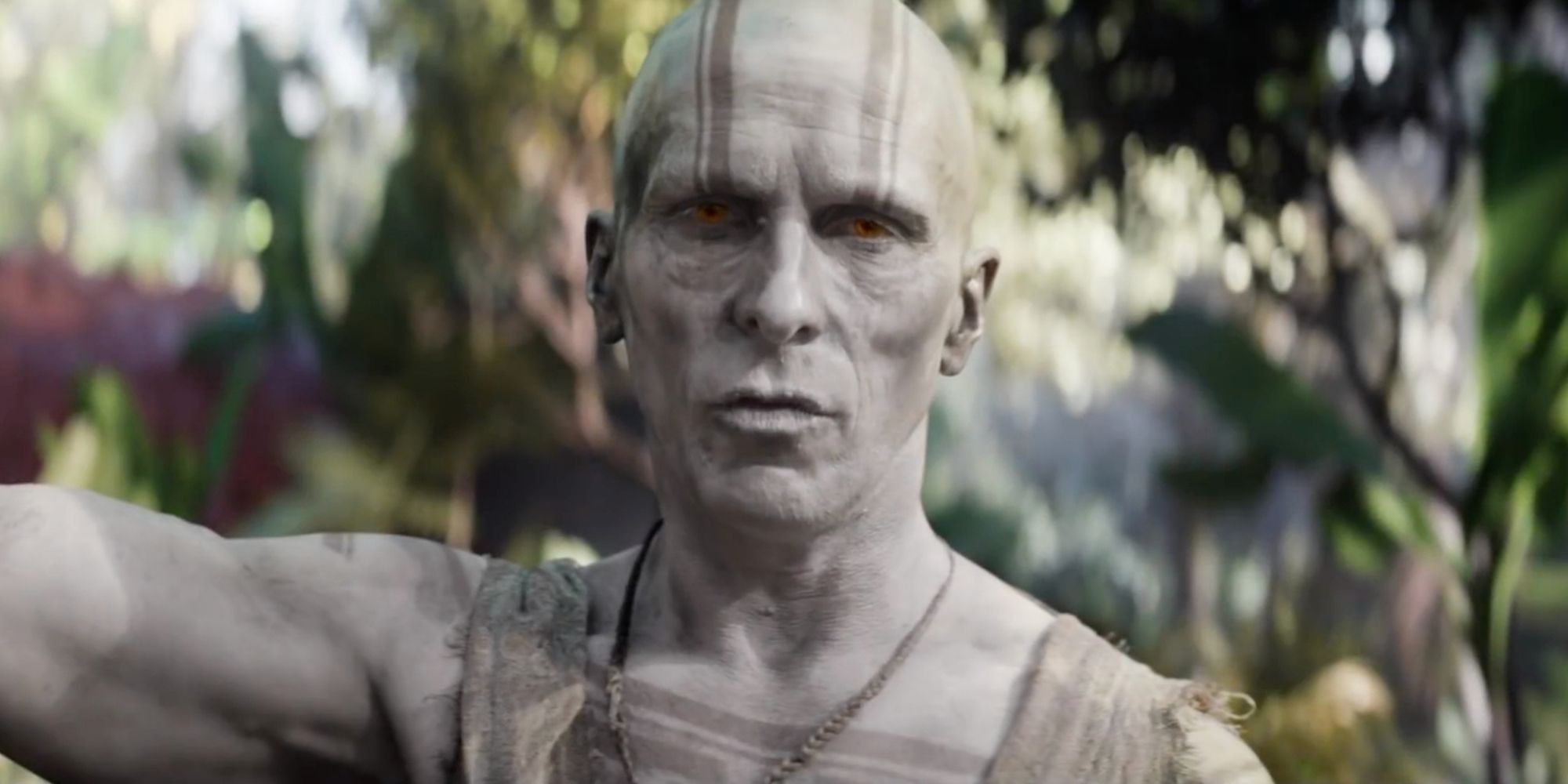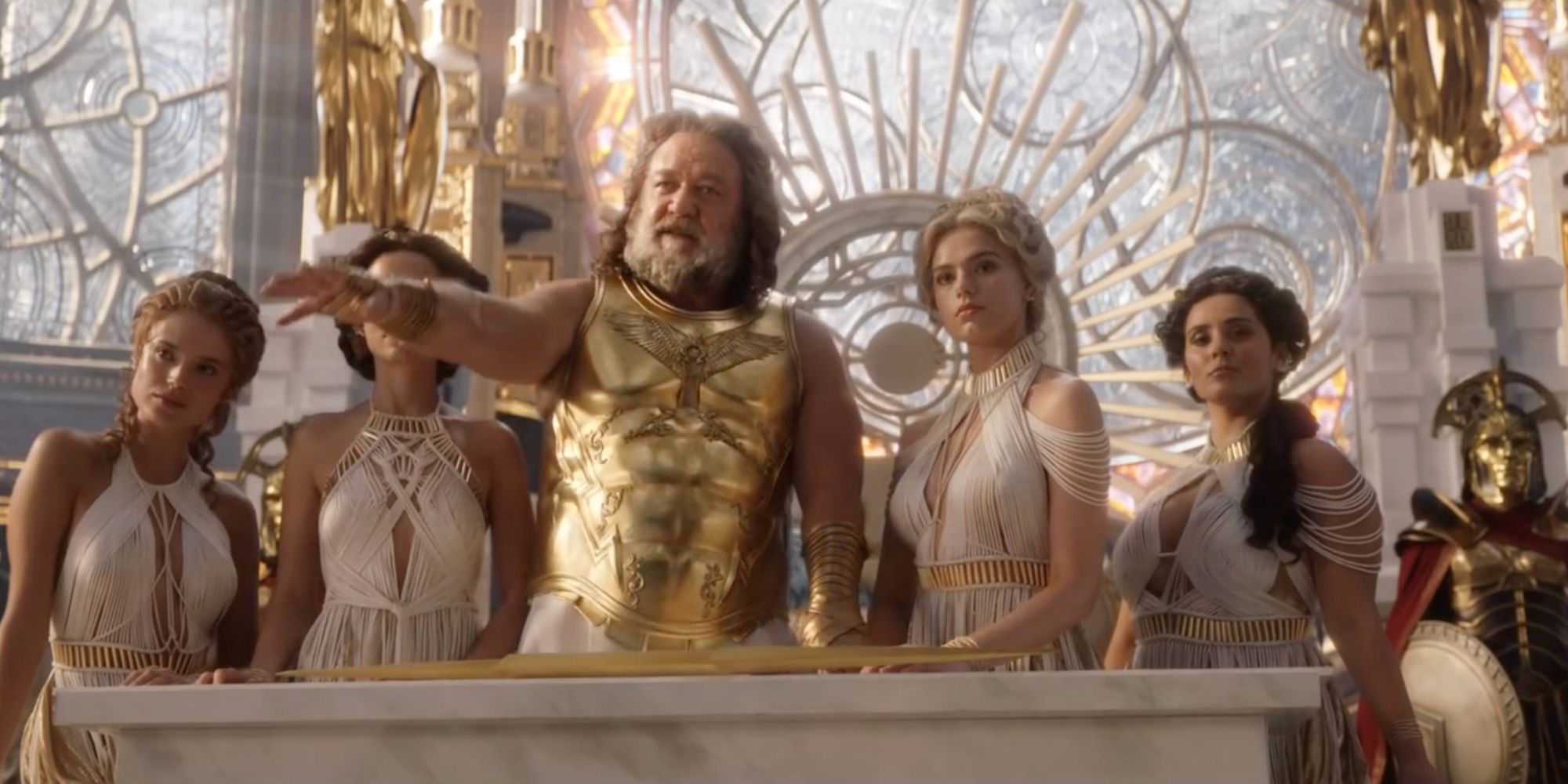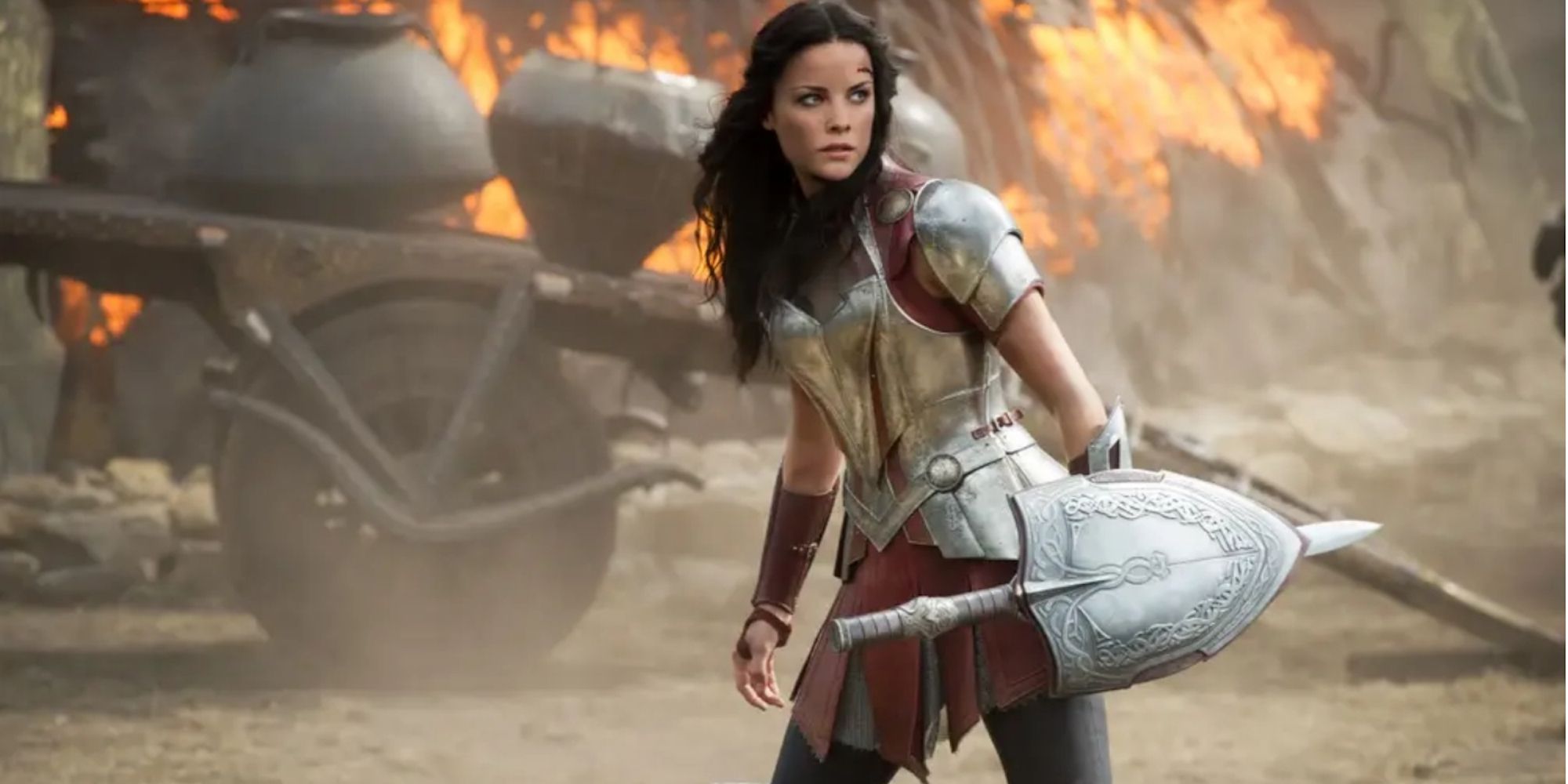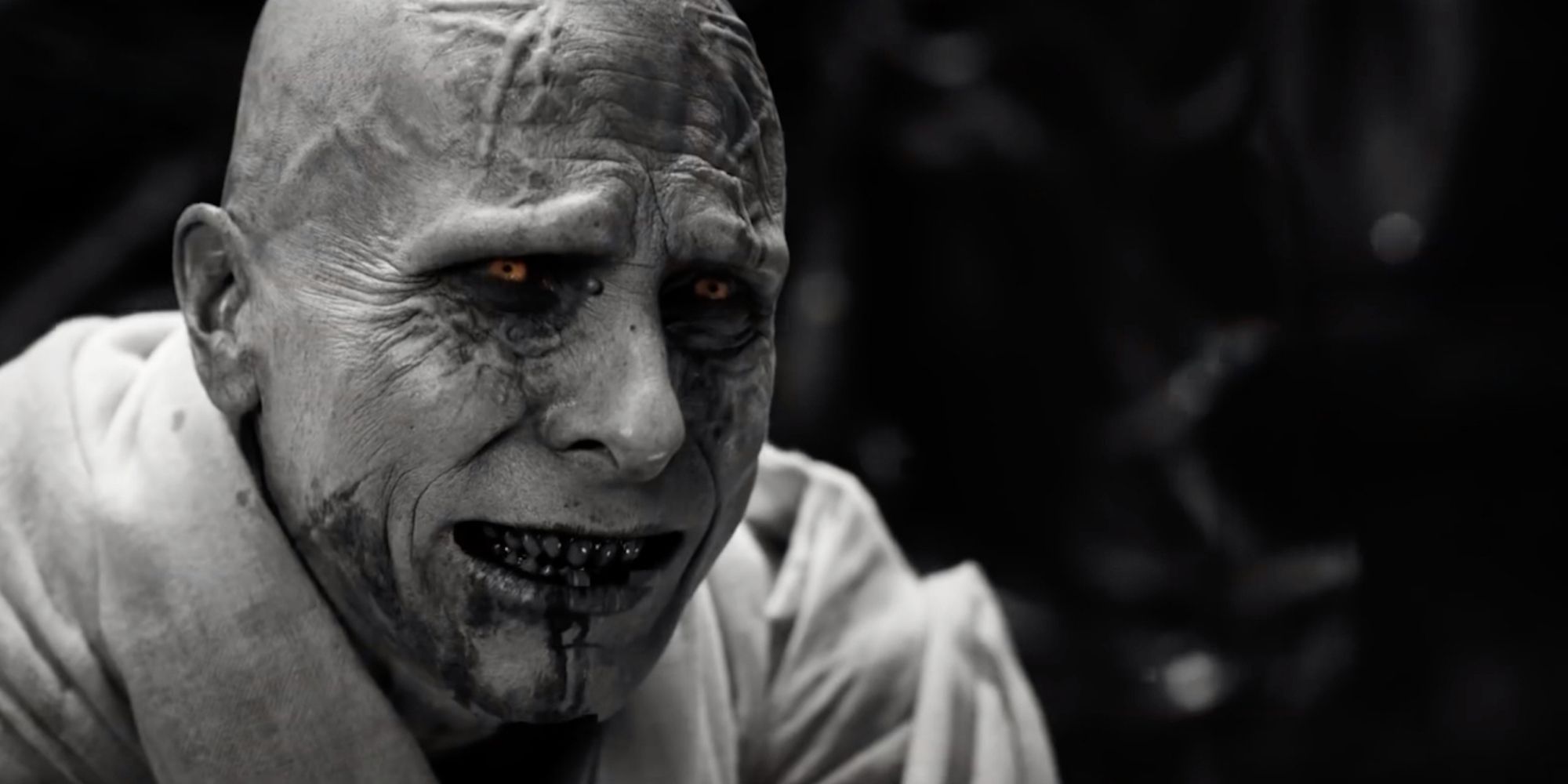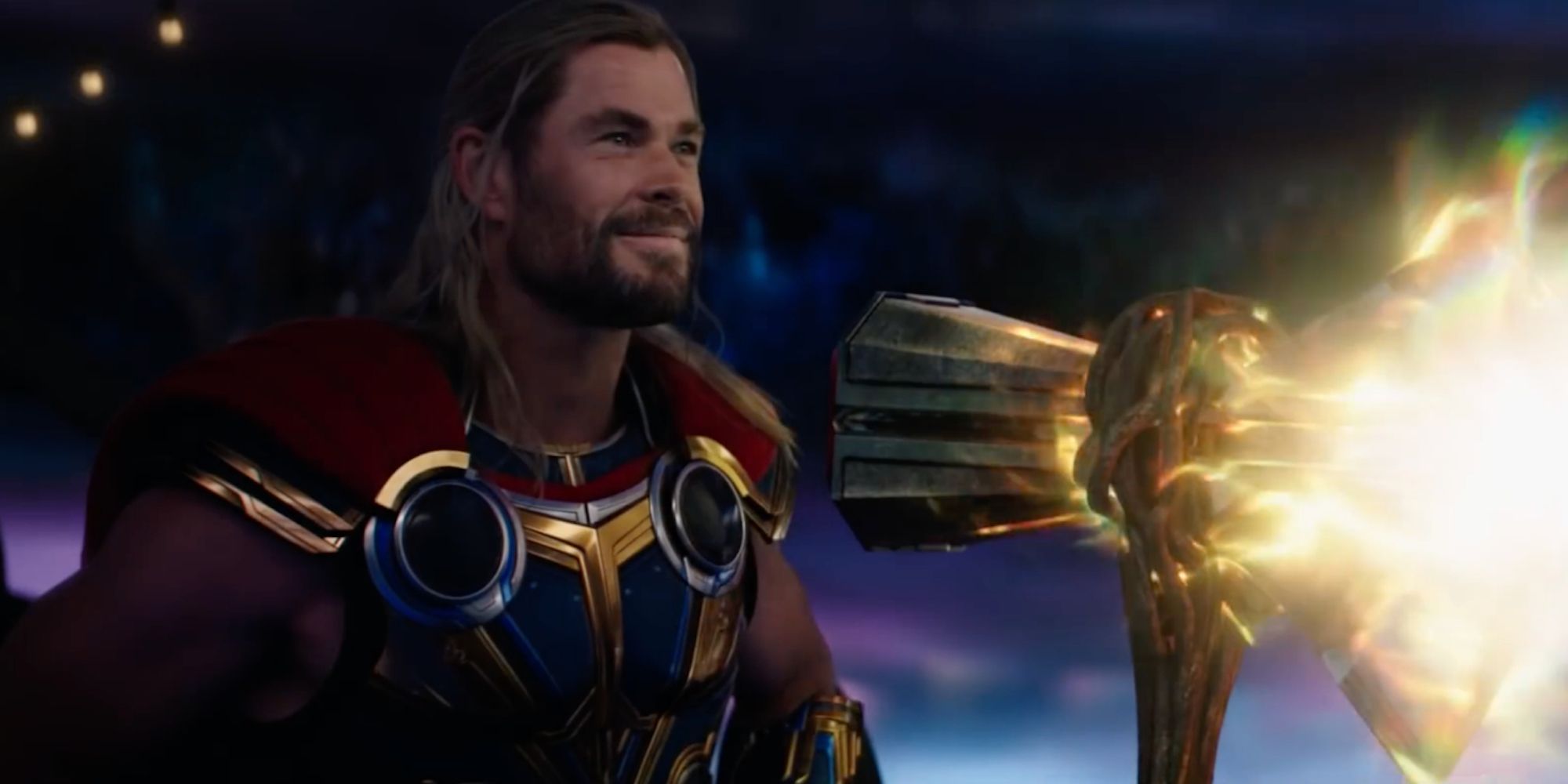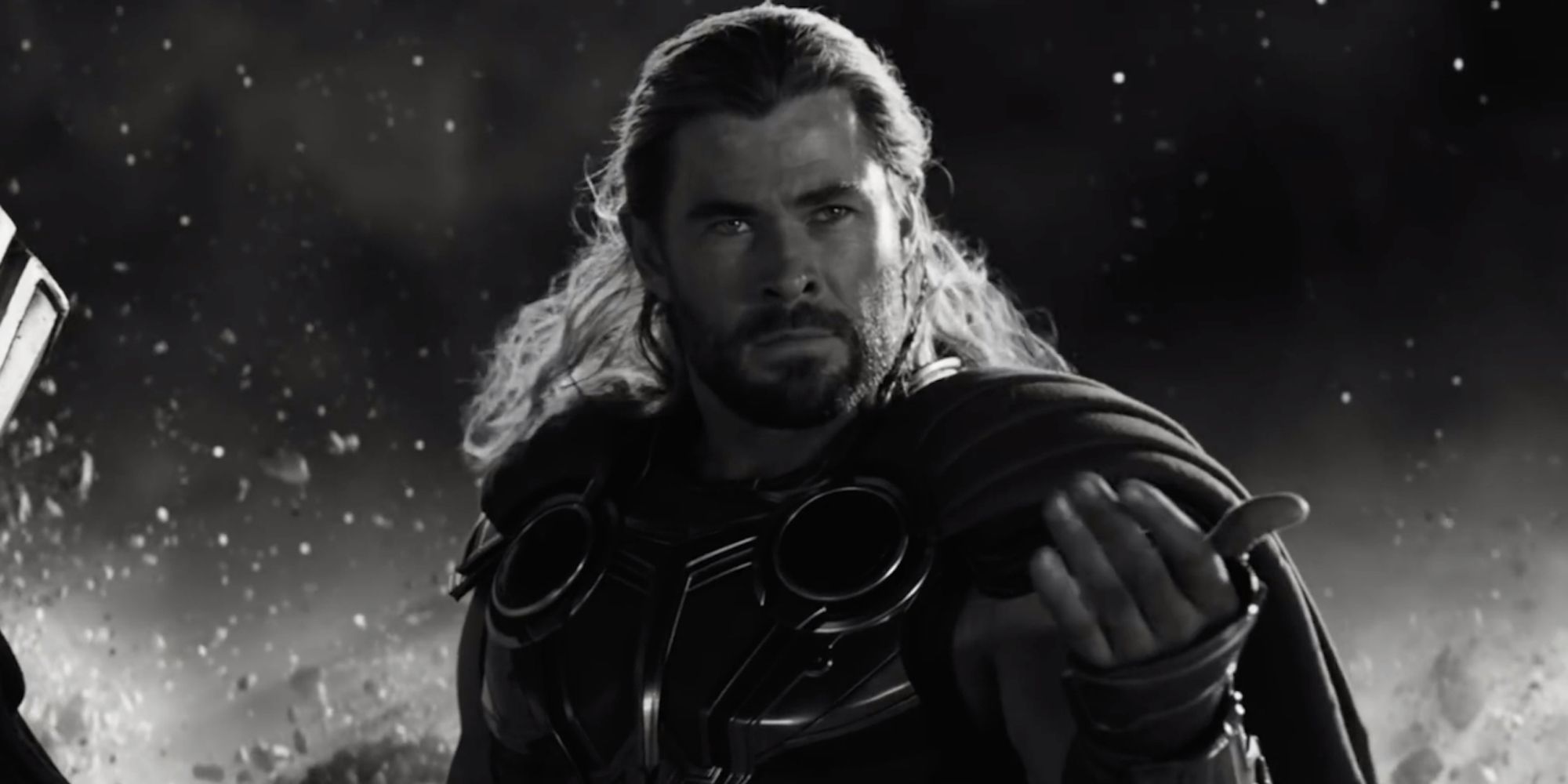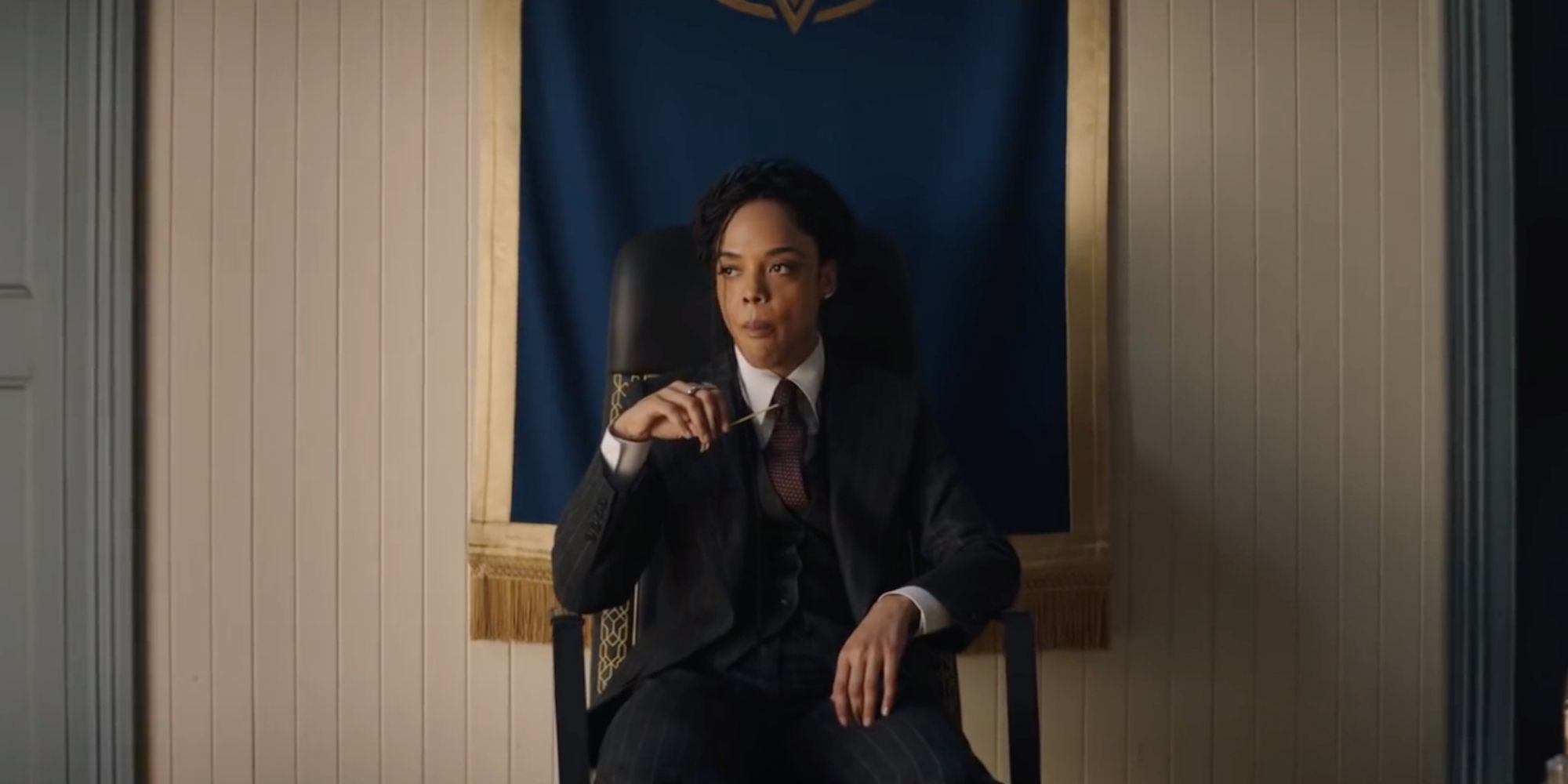Thor: Love and Thunder’s plot is a pretty straightforward movie as far as MCU films go. Gorr, the villain of the movie, gets betrayed by his god so he decides to go on a genocide hunt. He is aided by a mysterious weapon known as the Necrosword. Since Thor is a god, this drags him into the plot. Also, Gorr kidnaps some Asgardian kids thus forcing the lightning-infused hero into the fray more.
There are some other details too, such as Jane Foster returning, but those are the biggest highlights. Thor: Love and Thunder doesn’t have a lot of plot holes or lingering questions in it unlike some of the bigger Marvel films. Still, there are a few things worth mentioning in a spoiler-filled discussion.
8 Why Did The God Oasis Appear?
After Love dies in Gorr’s arms, he wanders the desert of his planet. He’s about to die, buried in the sand, but he looks up again to see an oasis has appeared before him. There he meets his god who he hopes will help him in his hour of need. The god explains to Gorr that they are celebrating killing a warrior who was trying to kill gods with the Necrosword. Why did they appear in the middle of the desert and not wherever this god is from? It seems convenient for them to appear before Gorr out of nowhere in Thor: Love and Thunder.
7 Why Did Mjolnir Wait Six Months?
Jane eventually tells Thor that she has stage four cancer and that there is no cure. She also explains that she has known for six months and didn’t want to tell him. Then, out of the blue, Mjolnir started calling Jane. If the hammer was imbued with a spell, by Thor, to protect Jane at any cost, why did it wait six months to activate? In the beginning, Jane could have been more functional even with her cancer but this is magic after all. The hammer should have sensed something growing inside of her earlier.
6 More Gods Complicate Things
The idea of the gods throws the whole MCU into a state of confusion. One pantheon of gods existing, with the Asgardians, is one thing. All of them existing at once is a whole other story.
Every culture has made a series of gods to explain various things such as the weather. How can there be twenty gods, as a ballpark number, dedicated to creating weather such as Zeus and Thor with thunder and lightning? It opens up a whole bag of worms that is hard to wrap one’s brain around.
5 Getting Into Valhalla
It is understood in modern culture that Valhalla exists as a heavenly place for warriors in death. Thor reiterates this idea to Sif in Thor: Love and Thunder. He explains that only those that die in battle will go to Valhalla meaning that she can’t get in. Jane dies in battle so she is good to go. Even before the end stinger, viewers can figure that out as she turns into gold dust when she dies. Who else turns into gold dust and dies? Odin does in Thor Ragnarok. However, he doesn’t die in battle. So, why does he get a place in Valhalla, and are there different rules than what Thor knows?
4 Gorr’s Sudden Turn
Marvel likes the idea of putting villains into their movies with strong backstories and reasons for being evil. Gorr was betrayed by the gods so he wants to kill them all. That makes sense and his reasoning can be empathized with since the gods are shown themselves to not exactly be the pinnacle of goodness. That makes sense but Gorr changing his mind at the last second to revive his daughter and have a god look after her betrays everything he believed in. There are reasons fans can theorize to explain this decision but it still comes out of nowhere.
3 Thor’s Sudden Ability To Empower The Children
Before Jane shows up to save Thor in his final fight with Gorr, Thor has another plan. He rallies up the children, granting them powers for a limited time. Could Thor always do that or was he only able to via Zeus’ bolt. If it was Zeus’ bolt, how did he know that power existed?
If it was Thor’s internal god powers then why didn’t he use this temporary boost earlier like in the fight with Thanos? A god-imbued Captain America could have cleaned up the battlefield. Either scenario leads to a plethora of questions.
2 Is There Only One Eternity?
It’s hard to imagine that no one else in the universe ever came to Eternity to wish for something. It doesn’t seem hard to get to this place as long as they have a key. When Gorr wishes for Love back it works, but Eternity seemingly disappears with this summoning. Can Eternity grant only one wish before returning to a meditative state sort of like how the Dragon Balls need to recharge in that popular anime? Alternatively, is there only one wish available forever and now Eternity resides within Love? Either way, Thor: Love and Thunder didn’t do a good job of explaining what went down in this climactic scene.
1 Infinity Cones Is In Poor Taste
This one might sound like an odd thing to bring up. Thor: Love and Thunder is littered with Easter Eggs but it will be impossible to spot them all the first time through in a theater especially since theaters don’t pause scenes. There is a store in New Asgard called Infinity Cones. The logo shows the Infinity Gauntlet holding an ice cream cone. It’s a funny pun for the audience but it is in poor taste for the people of the MCU. Would a store truly want to open up reminding people of the trauma that Thanos caused? It would be like a store opening up in New York City called 9/11 Ice Cream.


